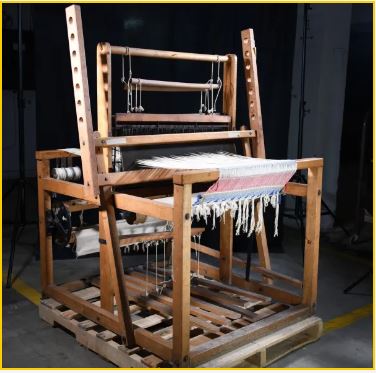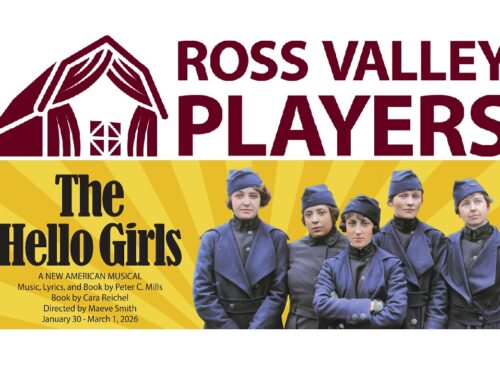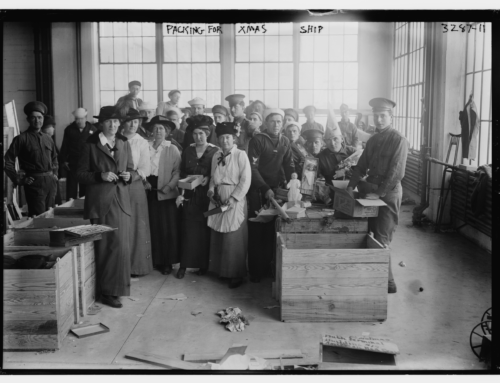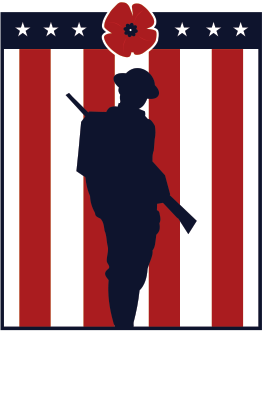Occupational Therapy Floor Loom assisted WWI Veterans in the postwar rehabilitative process
Published: 25 May 2025
By Jeffrey Seiken, PhD
Historian, Veterans Benefits Administration
via the U.S. Department of Veterans Affairs website

VA loom
Floor loom once used by the occupational therapy department at the Mountain Home, Tennessee, Veterans hospital. A 1925 catalog marketed this brand as being “especially suited for the use of hospital patients.” (VA)
During World War I and afterwards, the United States provided more than just hospital care for sick and wounded soldiers. Medical authorities also committed to rehabilitating the disabled so they could resume productive lives in the civilian workforce. The emerging field of occupational therapy played a crucial role in the rehabilitative process. Occupational therapy programs at Army and Veterans hospitals were organized around a simple principle: that engaging patients in everyday activities, from weaving and carpentry to metalwork and gardening, could hasten their physical, mental, and emotional recovery from the scars of war.
By the time the United States joined the conflict in April 1917, other nations had accumulated more than two years of experience caring for the wounded and managing their rehabilitation. The Army modeled its rehabilitation efforts on the Canadian and English examples. Both countries employed curative workshops to help restore injured soldiers to health. The War Department adopted a similar policy, directing “the use of work, manual and mental, . . . during convalescent period” for personnel in military hospitals. By work, Army officials meant occupational activities designed to improve a patient’s physical and cognitive functions by exercising the body and mind.
The Army implemented a trial rehabilitation program that incorporated occupational therapy at Walter Reed General Hospital in Washington, D.C., in early 1918. Before the armistice ended the war in November 1918, the number of stateside Army hospitals dedicated to rehabilitation and occupational therapy had grown to 17. The total expanded to 45 in April 1919 as over 100,000 disabled soldiers returned home from service overseas.
From the start, surgeons and clinicians claimed occupational therapy as a medical function, to be carried out in a hospital setting under the supervision of the ward doctor. As one Army medical officer explained in the Journal of the American Medical Association, “it is the surgeon or physician who must indicate the particular function to be restored and to prescribe the dose of work, the time it is to be given and the frequency of its repetition.” Women trained in occupational therapy techniques served as reconstruction aides. They provided the hands-on guidance and instruction.

Recuperating soldiers weave baskets on the porch at Walter Reed General Hospital in Washington, D.C., c. 1918. Arts and crafts activities helped patients improve their fine motor skills and powers of concentration. (National Museum of Health and Medicine)
The tasks assigned to patients depended on their medical condition and aptitude. Patients confined to bed or wheelchairs performed what was called ward work, which included knitting, basketry, beadwork, and other handicrafts. Some were also permitted to take courses of a vocational nature in such subjects as typewriting, shorthand, and bookkeeping. Ambulatory patients could engage in more physically demanding shop and outdoor work. The activities prescribed for these men ranged from shoe repairing and harness making to landscaping and dairy farming.
→ Read the entire article on the VA website.
External Web Site Notice: This page contains information directly presented from an external source. The terms and conditions of this page may not be the same as those of this website. Click here to read the full disclaimer notice for external web sites. Thank you.



